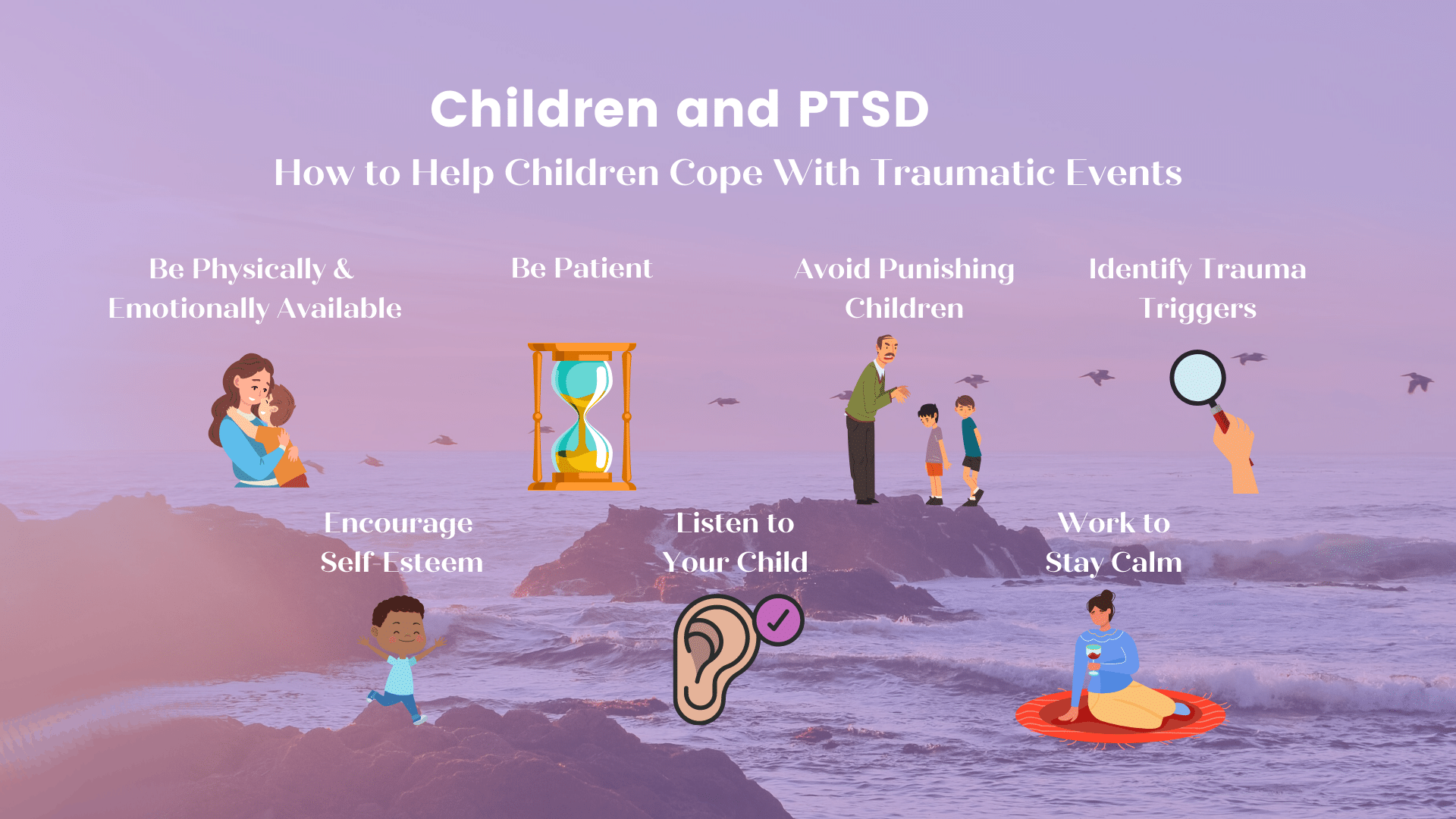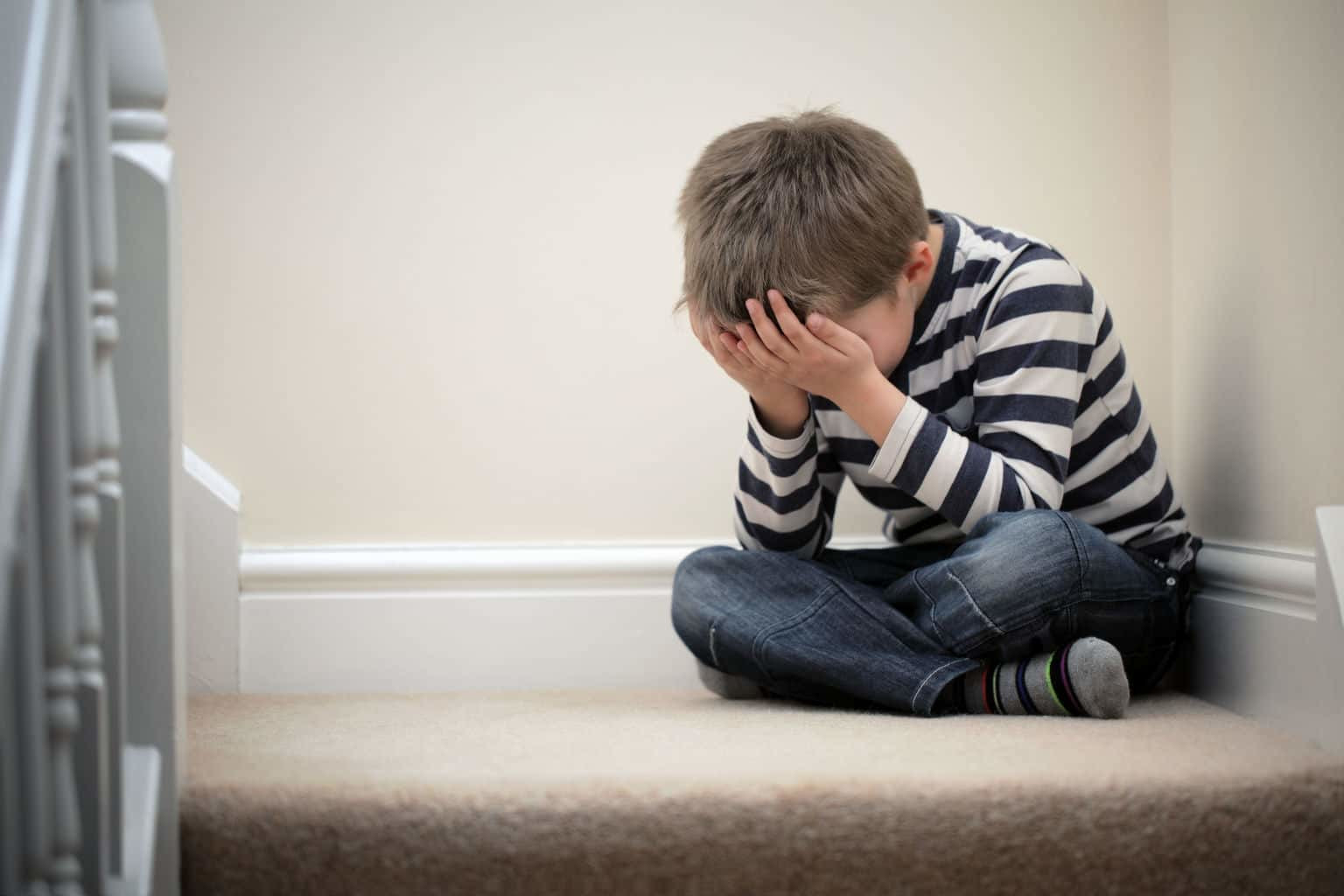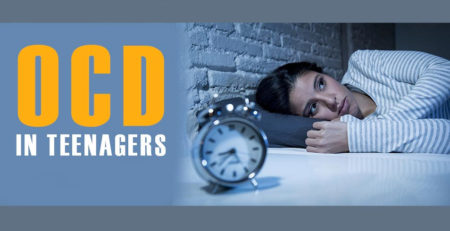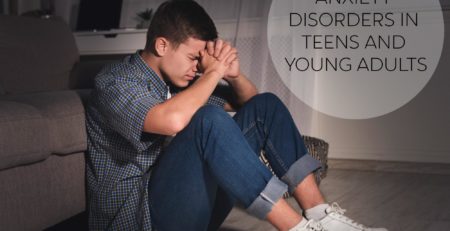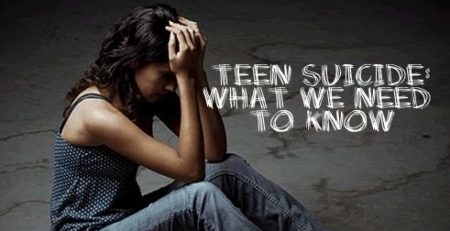Understanding Post Traumatic Stress Disorder (PTSD) in Children
The effects of trauma can be crippling for anyone, but for children, it can have long-lasting impacts on their mental and physical well-being. The condition that develops due to trauma is called Posttraumatic Stress Disorder (PTSD). It is common for adults to associate PTSD with war veterans, but more and more research proves that children can also experience PTSD. In this blog post, we’ll look at PTSD in children to better understand the condition and how to provide appropriate care and support.
What is PTSD in Children?
Posttraumatic Stress Disorder is a mental disorder that develops after an individual experiences or witnesses a traumatic event. Children subjected to violence, neglect, and abuse or who have experienced a significant loss can also be susceptible to PTSD. Symptoms of PTSD that manifest in children include nightmares, flashbacks, avoidance of reminders of the traumatic event, anxiety, and panic attacks.
1. Nightmares:
The terrors can instantly haunt a child after experiencing a traumatic event. Nightmares can keep kids awake deep into the night, stifling the peace that sleeps usually brings. For kids with PTSD, monsters can be even worse, often reviving fearful memories or putting them back in reliving situations of trauma. These intense shenanigans are persistent and extremely difficult for children and parents to cope with the psychological anguish. All suffer from the lingering darkness of nighttime, knowing no reprieve from what flashes through their conscious states.
2. Sleep Problems: Children with PTSD often cannot find restful repose in sleep. Unfortunately, this phenomenon can have disastrous effects on lifelong functioning and educational outcomes. Persistent lack of sleep has been linked to emotional disturbance, compromised academic achievement, and in discriminable amounts of emotional distress. Sunlight is the best medicine, we’re told, but evidently, that adage counts for little when a child has no release from nightmares and flashbacks caused by trauma. Consequently, a relief road must be sought through ongoing therapeutic treatment designed to help the individual work through their fears to return even an hour more relative serenity during nightfall.
3. Aggressive Behavior: It can be challenging to cope with a child exhibiting aggressive behavior, especially when that behavior is due to Post Traumatic Stress Disorder (PTSD). Trying to understand and understand the challenging behaviors accompanying PTSD can send parents, teachers, and caregivers into a state of uncertainty. But understanding how to sympathize with and commiserate with a child depends on their understanding of their internal struggles. Taking the time to both listen and step outside of one’s environment can allow us as adults to understand better why children struggling with PTSD exhibit specific behavioral patterns. In doing so, we will learn how to provide necessary help and gain insight into techniques that aid in managing aggressive symptoms while restoring some semblance of balance within our lives.
4. Separation Anxiety: For some children, experiencing the symptoms of Posttraumatic Stress Disorder (PTSD) can lead to a feeling of unhappiness and distress. This can manifest as Separation Anxiety– intense fear in response to being apart from loved ones and familiar settings. Separation Anxiety can make it difficult for a child to focus on regular activities like attending school or playing with friends. In moments such as these, behavioral aids from our caretakers become significant in providing emotional comfort and stability for an individual. Fortunately, many evidence-based techniques help mitigate feelings of fear and doubt for people coping with PTSD and Separation Anxiety.
5. Social Withdrawal: Many children experience social withdrawal due to posttraumatic stress disorder (PTSD). For those diagnosed with PTSD, it can be hard to effectively socialize and engage in activities among others, particularly their peers. Though plenty of kids cope effectively with this social isolation, both long-term and short-term effects of PTSD can be profound, especially for a child’s perception of who they are, how they relate to others, and coping strategies within society. Fortunately, with access to the right kinds of support, many children can recover and gradually integrate into social situations that feel unbearable or intimidating.
6. Memory Problems: For a child dealing with trauma and PTSD, memory problems can become an issue. Memories associated with the experiences they have gone through can linger painfully, clouding their cognitive functions. These children struggle to remain focused, and their social development also ebbs away along with long-term recall capabilities. Going even further, mental signs and symptoms of anxiety, depression, and avoidance also start creeping in. This can severely stifle their school performance and impact relevant life skills and the ability to form successful relationships among peers.
7. Difficulty Concentrating: One of the most unexpected challenges following a traumatic event is the repercussions it can have on brain development. Children, who often lack the cognitive focus and ability to compartmentalize their lead, are particularly impacted. Unfortunately, Post Traumatic Stress Disorder (PTSD) can cause difficulty with attention and concentration in children. PTSD can also trigger intrusive flashbacks from events that initially created the trauma, impairing their focus even more. These inner conflicts make it difficult for children to concentrate on tasks, dialogue, and activities relating to everyday life. Parents and educators who recognize this present challenge will be better equipped to address the needs of a child struggling with PTSD.
8. Irritability: Children who have traumatizing experiences can lead to various forms of post-traumatic stress disorder (PTSD). This includes symptoms such as restlessness, irritability, and even mood disturbances. For those grappling with PTSD, experiencing a seemingly endless wave of aggression or sadness may cause them to appear disgruntled or disconnected. It’s essential to take care if you notice that a child is displaying abnormal signs of irritability, as it likely indicates the presence of PTSD, which professionals should address and manage.
9. Hypervigilance: Children who have experienced traumatic events may have Post Traumatic Stress Disorder (PTSD). One potential symptom of PTSD is hypervigilance, when a person is in a constant state of alertness, on the lookout for possible danger. This can significantly affect a child’s well-being as hypervigilance can lead to feelings such as fear and anxiety and physical symptoms such as changes in sleep and appetite. Hypervigilance can impact a child’s life developmentally, emotionally, and socially, creating difficulties in school and friendships. Fortunately, with professional or therapeutic help, children and adults with PTSD can learn how to cope with these unrealistic feelings of fear.
10. Physical symptoms such as headaches and stomachaches: Many children have PTSD, which can present as physical symptoms, including headaches and stomachaches being among the most frequent cases. Although unfortunate, it is a direct connection that indicates the severity of psychological detriment. The acute distress stemming from exposure to severe trauma can become a mainstay and is something some believers refute as part of what normal developmental stages look like. Solution-oriented remedies, however, have proven to be an efficient way to help manage these vast health concerns experienced by so many people in the United States today.
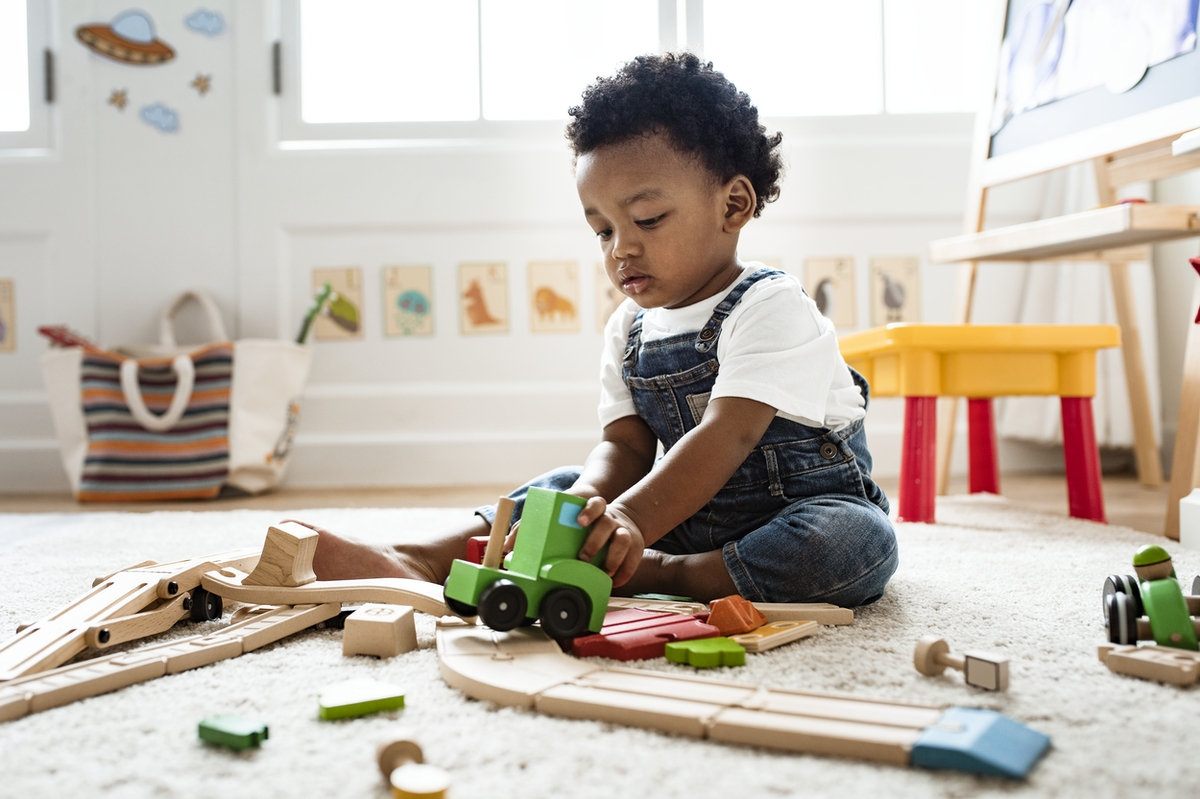
What causes PTSD in a child?
PTSD, otherwise known as post-traumatic stress disorder, is an ailment often experienced by adults who have experienced severe or chronic trauma in their lifetime. But did you know this disorder is also increasingly recognized among children and young adolescents? As researchers uncover new clinical evidence, understanding of what can cause PTSD in children grows. While understandable stress in the aftermath of a traumatic imaginable event is undoubtedly one cause for the condition, a closer look at potential catalysts may reveal underneath it all lies an outflow of complex familial dynamics and a multitude of unresolved life events leading up to said experience. Even little moments can have an accumulative effect on childhood socialization, implicating such things as divorce, the tension between parents/caregiver figures, or prolonged periods of distress, among other situations. An effort must then be made to debunk pervasive ideas associating adverse psychological consequences with losing a parent at a young age or relocating due to economic reasons.
A traumatic event that triggers PTSD may be:
1. A car accident
2. A natural disaster
3. A terrorist attack
4. Sexual assault
5. Childhood abuse or neglect
6. Combat experience
7. witnessing a violent death
8. being held captive
9. living in a war zone
10. being diagnosed with a life-threatening illness
How is it Diagnosed?
Diagnosing PTSD in children is challenging as children may be unable to communicate their experiences effectively. Diagnosis is based on symptoms observed by healthcare providers, parents, or caregivers and detailed medical history. Parents or caregivers are encouraged to record their child’s behavior, including the timing and frequency of symptoms, for proper diagnosis.
Impact on Development
PTSD can impact a child’s overall functioning, including their social, emotional, and academic performance. Children with PTSD may display reduced interest in previously enjoyable activities, have difficulty sleeping, and exhibit less grouchy and irritated behavior. They may have trouble forming attachments with others and may isolate themselves from their peers.
Treatment Options
Early intervention is critical to managing PTSD in children effectively. Psychotherapy, including cognitive-behavioral therapy (CBT) and play therapy, is the primary mode of treatment for PTSD in children. CBT is beneficial when dealing with intrusive memories and unwanted thoughts, while play therapy helps children to express their emotions and work out their trauma through activities they find engaging. Medications such as anti-anxiety or antidepressant drugs may be considered in extreme cases.
How to Provide Support
Providing a secure, safe, and nurturing environment is crucial in supporting children with PTSD. Encouraging open communication and consistent support can help a child feel safe and more comfortable sharing their experiences and emotions. Encouraging them to participate in enjoyable activities and social events can help them build strong relationships with their peers and establish a sense of belonging.
1. Understand the diagnosis
It’s essential to understand your child’s diagnosis well, which will help you better understand their condition and how it’s being treated. Be sure to ask your child’s doctor any questions you may have about the diagnosis.
2. Know the treatment plan
Knowing the details of your child’s treatment plan is also essential. Ask your child’s doctor or healthcare team to explain the project. This way, you’ll know what to expect and can be prepared for each step of the treatment process.
3. Help with medication
As a parent, you can help ensure your child takes their medication as prescribed. This may include giving them their medication at the correct time, in dosage, and with the right food or drink. You should also watch for medication side effects and report them to your child’s doctor or healthcare team.
4. Keep track of appointments
It’s essential to keep track of your child’s appointments, including medical meetings, therapy appointments, and any other appointments related to their treatment. This can help ensure they receive all the care they need promptly.
5. Help with Therapy
If your child is receiving therapy as part of their treatment, you can help by providing support and encouragement. You may also be asked to participate in some aspects of their medicine, such as practicing at home or attending family therapy sessions.
6. Manage stress
It’s common for parents of children with chronic illnesses to experience stress. Finding healthy ways to manage this stress, such as exercise, relaxation techniques, or talking to a therapist, is essential. If you’re feeling overwhelmed, seek help from friends, family, or your healthcare team.
7. Advocate for your child
As a parent, you may need to advocate for your child in various settings, such as at school or during medical appointments. This means speaking up on their behalf and ensuring their needs are met. If you’re unsure how to advocate for your child, many resources are available to help you learn more about this process.
8. Connect with other families
It can be helpful to connect with other families dealing with similar situations. This can provide support and allow you to share information and resources.
PTSD is a severe condition that can have long-term effects on a child’s life if not properly managed and treated. Understanding its causes, symptoms, and impact on children is critical to providing the appropriate care and support and helping them to recover. We hope this blog post has provided valuable insights into PTSD in children and how to deal with it effectively. Early intervention is critical to helping children recover and lead a fulfilling life.
Contact us today at 816.819.5166 or schedule your appointment online.
